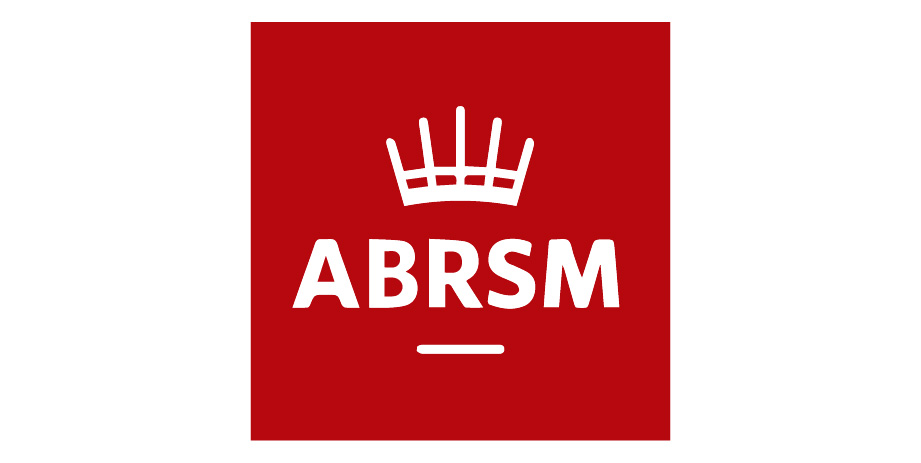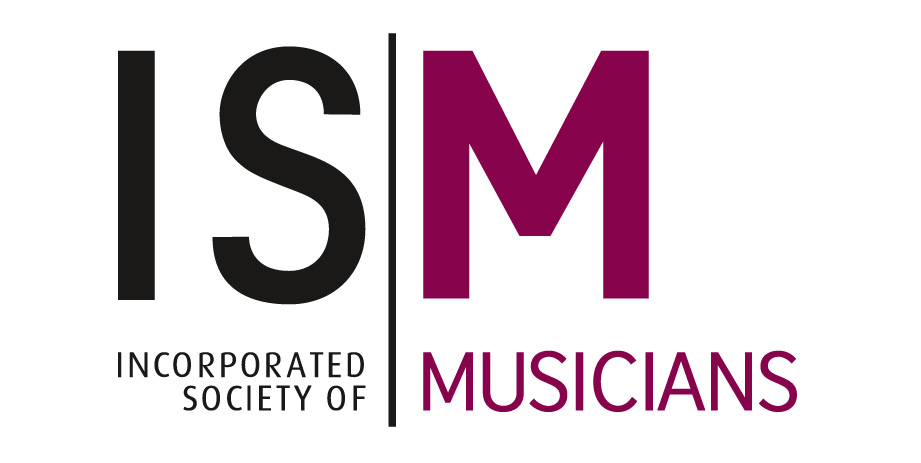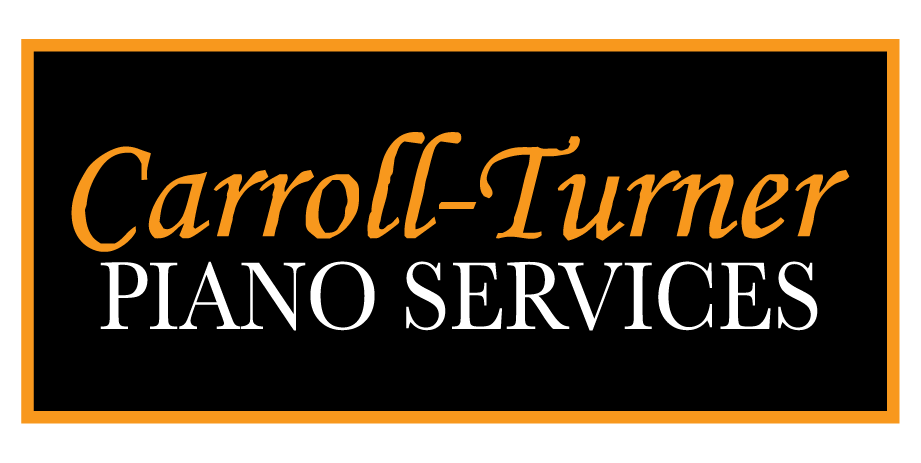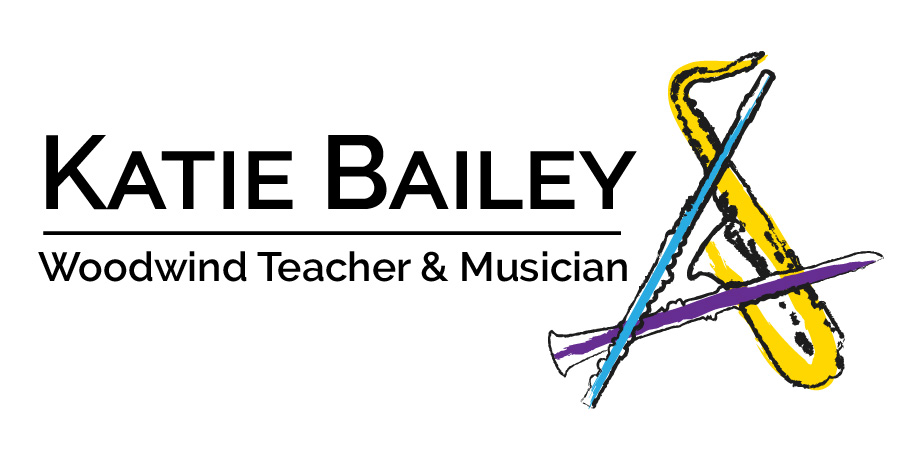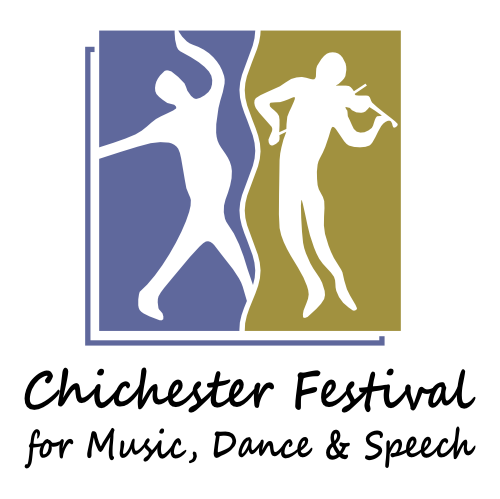Recognising different notes
The first and foremost component of reading music is being able to identify notes on a score. Most piano students will be taught how to identify notes on a score in their first few lessons and will use what they learn for the rest of their performing lives. Below are what I have found to be some of the most effective ways of helping people learn this fundamental skill.
Mnemonics
Mnemonics are easily one of the most common and effective ways to learn the note names. Generations of piano students have used patterns such as "Every Good Boy Deserves Food" and "All Cows Eat Grass" to help them pick out notes.
As demonstrated in the illustration below, putting the letter names of the notes in ascending order and assigning each letter a word, with the aim of making a memorable and [relatively] coherent sentence will create a mnemonic that can be used to identify certain notes in the future.
The easiest of these phrases to remember is "faces in the spaces", as the notes that live in the treble clef lines spell the word "FACE" (which conveniently rhymes with "space"). I find that "All Cows Eat Grass" is also fairly universal.
Sometimes though, the "traditional" mnemonics are difficult to remember; for example "Every Good Boy Deserves Food" for the treble clef lines and "Good Boys Deserve Food Always" for the bass clef lines are easy to get mixed up. My solution for potential confusions is to encourage students to come up with their own mnemonics. The results often make little sense, but they are highly memorable to the student who created them. Here are some of the wackiest and most bizarre inventions that I have heard over the years:
Great Big Dinosaurs Feel Awesome
Goats Bully Dogs For Apples
Every Grizzly Bear Dances Forever
Evil Ghosts Bring Dead Flowers
All Cats Eat Goo
They may not be the most articulate sentences, but each is unique to the individual student. Mnemonics are particularly effective when used in conjunction with flashcards. While most students will initially require a prompt to select the appropriate mnemonics, once they are past this stage they will be armed with a powerful note-reading tool.
Flashcards
This can be a fun and challenging way to keep note reading up to scratch. Timing a student as they identify notes from a series of flashcards is a great way to benchmark a students' progress. Beating their time from a previous week is easy to do and a huge confidence booster at the start of a lesson.
Reading by interval
Naming notes it not the only way to read music. Once students can comfortably name notes on the music, they can begin reading by intervals. An interval is how we describe the distance between two notes; reading by interval means that we are constantly comparing the distance between each new note with its predecessor.
“Once identifying notes becomes second nature, students can focus on using intervals to maximise their reading speed.”
If I start playing a piece of music that begins on an E, and I see the next note is in the same place as the first one, I can assume that it is also an E. Continuing with this piece, I can see that the following note is one note higher on the score and the one after that is two notes lower. This is a much faster process than applying a mnemonic to every single note that I encounter, particularly when my hands do not have to move very far.
Reading chords & Counterpoint by interval
Intervallic reading can also be used when playing chords. If I can see that the root of a chord is a G, and that note on top of it is two notes higher (an interval known as a 3rd), I can conclude that I must play a G and B. If I begin a chord on an A and the three notes above it are a 3rd, a 3rd and a 4th higher I can see that I am playing an A minor triad with an octave at the top.
Using intervals to read music can be applied to music with more than one part. In addition to the directions of up and down, we must now also consider whether the parts are moving in similar motion (the same direction) or contrary motion (opposite directions). If the parts are moving in similar motion then how far apart are they? Are the intervals the same in all the parts, or is one part moving in steps and the other in jumps? If the parts are moving in contrary motion then are they converging or diverging?
It may seem like a lot to think about, but a mastery of these thought processes is the key to fluent reading of complex scores. Ultimately, most beginners will use a mixture of mnemonics and intervals to read music, but once identifying notes becomes second nature students can focus on using intervals to maximise their reading speed.


